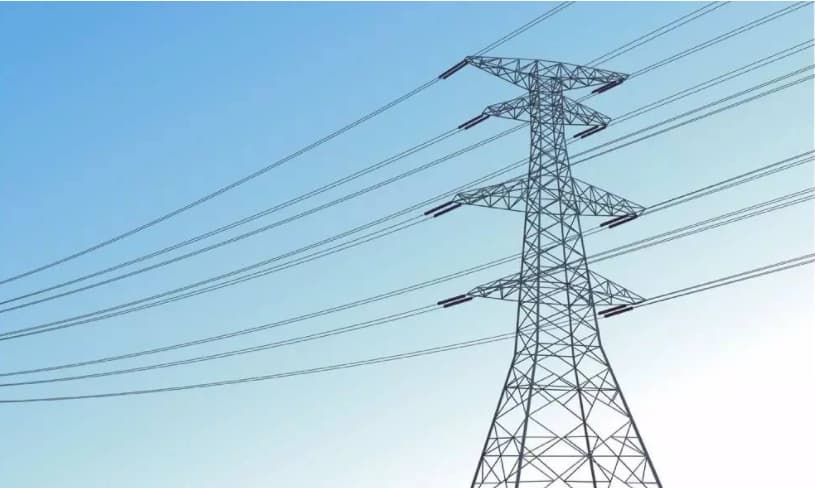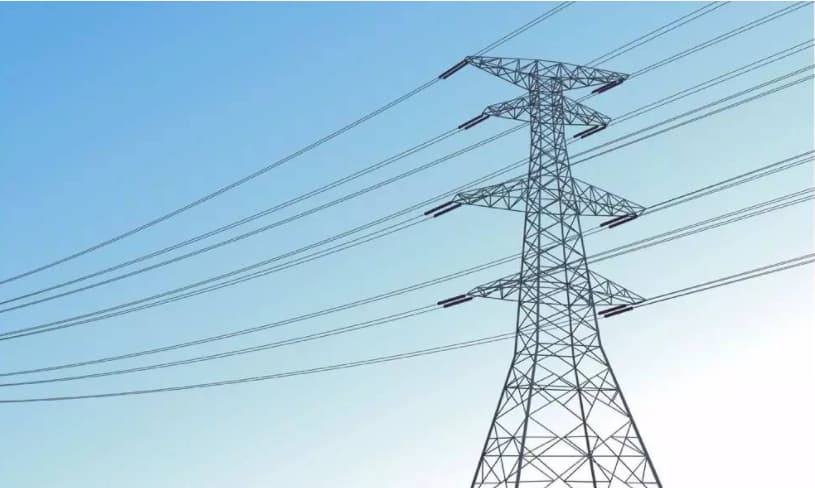Installation of overhead electrical cables, Also known as overhead line cables or bare conductor cables, It is a fundamental task in the electrical infrastructure of many regions of the world. These cables play a crucial role in the transmission and distribution of electrical energy., providing vital connections between substations, poles and other electrical structures.

The installation of overhead cables involves a series of carefully planned and executed processes to ensure safety, the efficiency and reliability of the electrical system. Next, Some of the key aspects of this process are detailed.
Planning and Design: Before starting the installation, exhaustive planning and design of the overhead power lines is carried out. This includes identifying appropriate routes, evaluation of the required electrical load, selection of appropriate materials and design of support structures, like poles and towers.
Site Preparation: Once planning is complete, the installation site is prepared. This may involve cleaning the area, preparing the support posts or towers, and the provision of materials and equipment necessary to carry out the installation.
Installation of Poles and Towers: Poles and support towers are essential in the installation of overhead cables. These structures provide the necessary support for the cables and guarantee their stability and safety.. Installation of poles and towers generally involves the use of specialized machinery and trained personnel.
Cable routing: Once the posts and towers are in place, the electrical cables are laid. This process can be done manually or with the help of specialized equipment., such as cranes or helicopters, depending on the distance and difficulty of the laying.
Connection and Testing: Once the cables are installed, The necessary connections are made to ensure electrical continuity. Posteriorly, Functional and safety tests are carried out to verify that the system is operating correctly and meeting established standards.
Maintenance: Regular maintenance is essential to ensure optimal performance and long life of overhead cables.. This may include visual inspections, resistance testing and replacement of defective components.
In summary, The installation of overhead electrical cables is a complex process that requires careful planning, execution and maintenance. However, when done correctly, These cables play a crucial role in providing reliable electrical power to communities and industrial sectors around the world..

